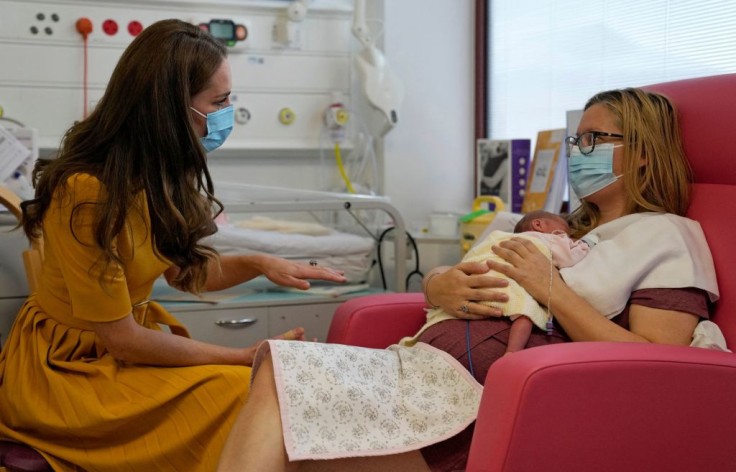
The physical changes that occur during gestation don't come to an abrupt stop once given birth. Instead, it should expect a multitude of changes in a body postpartum.
10 Body Changes in Women After Childbirth
- Body Aches: Following the pains of labor, it's typical to feel weary and painful. This displeasure commonly stems from your uterus contracting back to its normal size. While abdominal aches cramps and parallel menstrual pain may happen, they usually subside within a few days and can be handled with pain relief treatments.
- Vaginal Discharge: Postpartum vaginal discharge, known as lochia, may come as an amazement due to its bloodiness. However, it's a benign discharge consisting of residual blood, mucus, and tissue from the uterus. Using pads instead of tampons is suggested, and while the flow can be heavy at first, it gradually lessens over time.
- Swollen Feet and Extremities: Gestation helps the body to generate essentially more fluids, resulting in swelling in numerous areas like the feet, face, and hands. This swelling can continue for weeks postpartum, but consuming potassium-rich foods, staying hydrated, and raising your legs can aid in lessening it.
- Enlarged Breasts: After childbirth, breasts often become enlarged and sore due to an overabundance of milk. This swelling commonly decreases within a few days, but a flow may continue for weeks. Sagging and changes in nipple appearance are also typical postpartum.
- Pronounced Stomach Pooch: The abdomen experiences important changes during gestation, leading to stretch marks and excess skin and fat postpartum. While it may take several weeks for the belly to get back to its pre-pregnancy appearance, some changes, such as abdominal muscle separation, may be constant.
- Stretch Marks: These scars, which typically emerge on the stomach, hips, breasts, or buttocks, can differ in severity depending on genetics and weight gain during gestation. While prescription medications may help lessen their appearance, precautionary methods are limited.
- Varicose Veins: Hormonal changes and heightened blood volume during gestation can add to the development of varicose veins, which may continue postpartum. While commonly temporary, they can take several weeks to resolve, with medications like sitz baths and cold packs giving relaxation.
- Back Pain: Postpartum back pain can lead to weakened core muscles and postural changes during gestation. Improving posture, using support binders, and strengthening exercises can lessen displeasure.
- Vaginal Pain and Tearing: Vaginal deliveries may result in perineal tearing or episiotomy, requiring several weeks to heal. Massaging the area and using warm compresses during labor can help avoid tearing.
- Urinary Incontinence: Weak pelvic floor muscles postpartum may cause urinary leakage, specifically when coughing or sneezing. Kegel exercises are suggested to intensify these muscles and enhance bladder control.
These changes demonstrate the complex and important adjustments the body experiences postpartum, each needing specific care and attention for optimal recuperation.
Contact a Doctor if the Following Symptoms Happen After Childbirth
Contact a doctor instantly if you encounter any of the following manifestations within six weeks after childbirth, as they may signify a health issue:
- Chills or a fever of 100.5°F or higher
- Sudden heavy bleeding or large clots
- Foul-smelling vaginal discharge
- Serious pain, redness, or discharge from a C-section incision or episiotomy
- Fainting, nausea, or vomiting
- Frequent or painful urination
- Constipation lasting three days or more
- Swelling, redness, and pain in the breasts with fever (possible mastitis)
- Tender, swollen, or red area in the leg or calf (possible DVT)
- Persistent headaches or vision changes
- Excessive swelling of the face, fingers, or feet
- Intense sadness or inability to care for yourself or your baby (possible PPD)